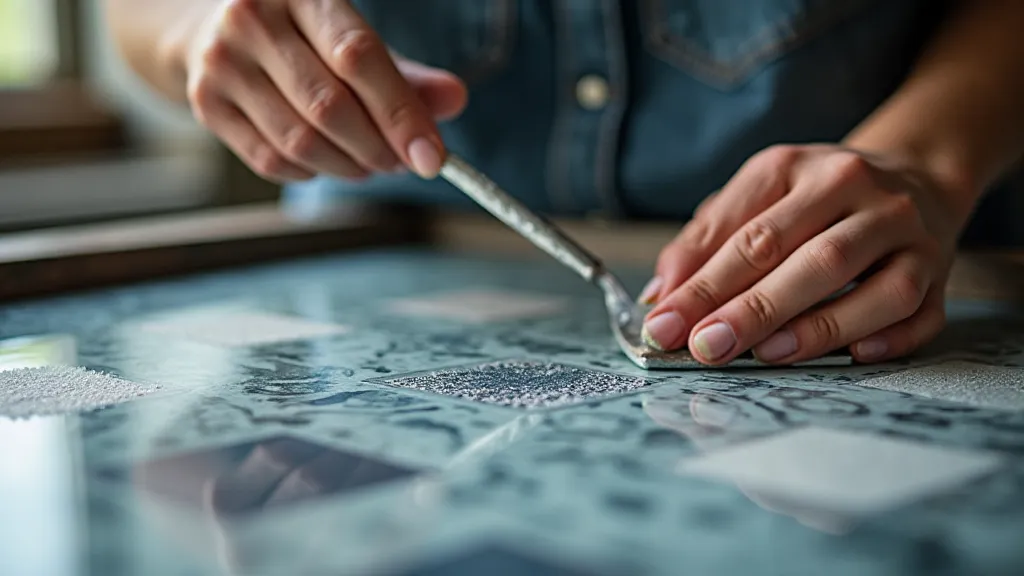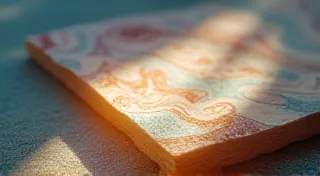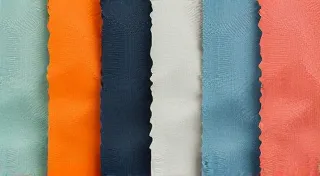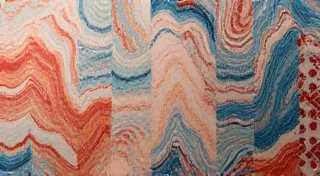Ephemeral Cartographies: Mapping Emotional Landscapes Through Marbled Paper
There’s a peculiar solace to be found in objects that bear the marks of time – the patina of age whispering stories of past lives. An antique accordion, for instance, with its bellows worn soft and its keys bearing the ghost of countless melodies, holds within it a history far richer than any written account. Similarly, marbled paper, with its unpredictable swirls and fleeting patterns, possesses an inherent emotional depth, a tangible echo of the creative process and the human spirit. It’s more than just decorative paper; it’s a visual language for translating feeling.
Just as cartographers chart geographical terrains, writers navigate the topography of human emotion. This article posits that paper marbling—with its inherent lack of control and serendipitous patterns—mirrors the complex, fluid nature of emotional landscapes. It's a medium where intention and accident intertwine, creating a visual record of a moment in time, a fleeting expression of inner experience. We’re delving into how marbled paper can serve as a tangible representation of grief, joy, fear, and longing, offering a unique, tactile pathway to emotional exploration and evocative storytelling.
A History Etched in Swirls
The art of paper marbling boasts a surprisingly global heritage. While often associated with Turkish Ebru (meaning "cloud picture"), similar techniques flourished independently across cultures. Japanese Suminagashi, employing ink floated on water, and European “Florentine” paper marbling, popular in the Renaissance, all share a common thread: the harnessing of fluid dynamics to create unique patterns.
The Ottoman tradition, however, arguably reached its zenith. Ebru wasn't merely a decorative craft; it was intertwined with Sufi mysticism. The flowing colors represented the divine, the unpredictable patterns a reflection of the unknowable. Each sheet was considered unique, a sacred offering. Ironically, these creations, born of such reverence, were often used as endpapers for Qur’an manuscripts and as decorative elements in other important documents – functional beauty elevated to an art form.
The decline of Ebru coincided with the rise of industrial printing in the 19th century. The beauty and intricacy of hand-marbled paper could not compete with mass-produced uniformity. Yet, like the forgotten melodies trapped within a silent accordion, the art remained, carefully preserved by dedicated practitioners and often rediscovered by collectors captivated by its delicate beauty.
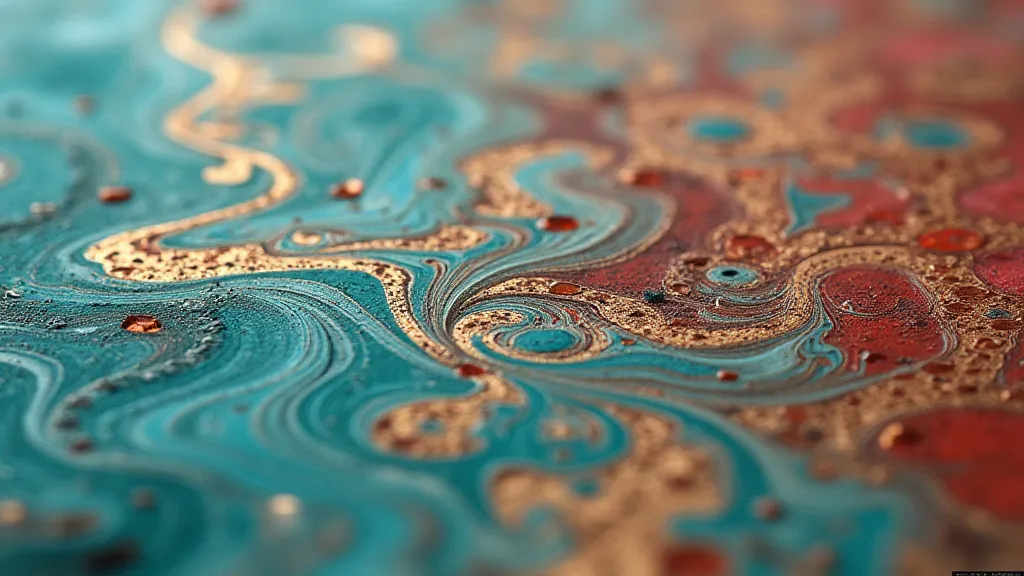
The Dance of Color and Water
The beauty of paper marbling lies not just in the final product, but in the process itself. It's a meditative act, a conversation between the artist, the materials, and the element of chance. The basic principles are surprisingly simple: pigments are dispersed on a thickened water bath (often utilizing carrageenan or similar substances), and then carefully transferred to a sheet of paper.
But within that simplicity lies a universe of variables. The type of pigment used, the thickness of the water bath, the tools employed to manipulate the colors – each contributes to the final outcome. Even the paper itself plays a role; its absorbency and texture influence how the pigments adhere and spread. There’s a constant interplay of control and release, a mindful yielding to the unexpected.
Imagine the delicate balance required – too much pigment, and the colors become muddy; too little, and they vanish without a trace. The artist isn't striving for perfection; they're embracing the imperfections, the subtle variations that make each sheet unique.
Marbling as Emotional Expression
Think about grief. It isn’t a straight line; it's a chaotic swirl of sadness, anger, and confusion. A marbled paper reflecting this state might feature dark, swirling colors – deep blues, purples, and grays – interspersed with fragmented bursts of brighter hues, representing fleeting moments of hope or remembrance. The lack of symmetry mirrors the disorienting nature of loss.
Conversely, joy might manifest as vibrant yellows, oranges, and pinks, blending seamlessly together, creating a sense of lightness and expansive energy. The patterns might be more flowing and harmonious, reflecting the feeling of effortless well-being. Fear could be represented by sharp, contrasting colors and erratic patterns, conveying a sense of tension and unease.
Perhaps most compelling is the exploration of longing – that bittersweet ache for something unattainable. Here, marbled paper can evoke a sense of layered complexity, with subtle gradations of color and fragmented imagery suggesting a blend of hope and despair.
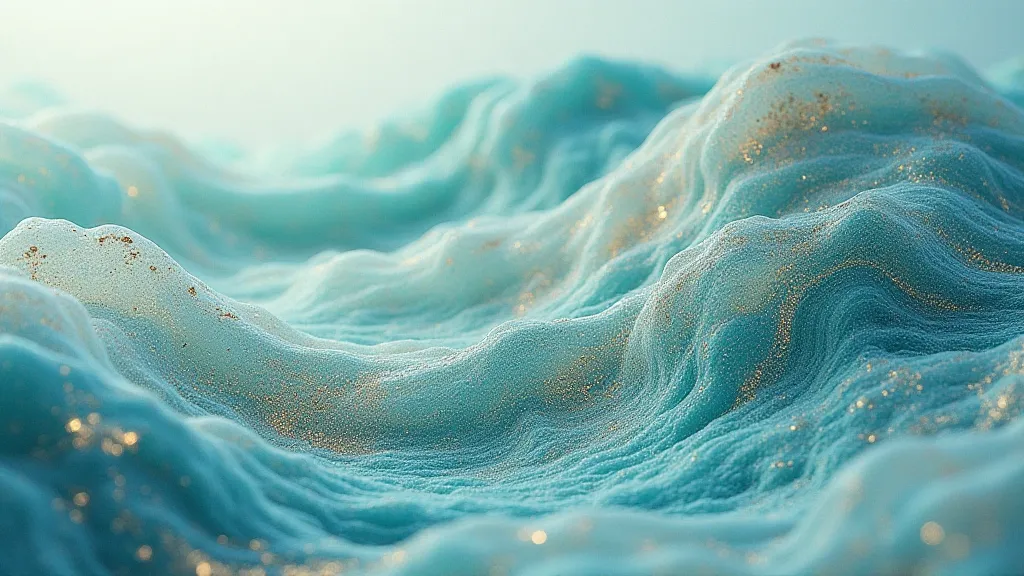
Craftsmanship and Restoration: A Collector's Perspective
For collectors, antique marbled paper holds a particular allure. Not only is it a beautiful object in its own right, but it also offers a window into the past. Early examples, particularly those from the Renaissance and Ottoman periods, are incredibly rare and valuable.
Identifying authentic antique marbled paper can be challenging. Look for signs of age – slight discoloration, brittle edges, and the presence of deckle (the untrimmed edge of the paper). Examine the patterns carefully; older examples often exhibit subtle variations and imperfections that are absent in modern reproductions.
Restoring antique marbled paper is a delicate undertaking. Gentle cleaning with a soft brush is often sufficient, but more extensive repairs may require the expertise of a professional conservator. The goal is to preserve the integrity of the paper while minimizing any further damage. It's a testament to the fragility and resilience of human creativity.
Preserving the Legacy
Paper marbling is more than just a craft; it’s a cultural heritage. It's a reminder of the power of imperfection, the beauty of spontaneity, and the profound connection between art and emotion. As we continue to explore new techniques and experiment with different materials, it’s crucial to preserve the traditions of the past.
The next time you find yourself drawn to a sheet of marbled paper, take a moment to appreciate the artistry and the history it embodies. Imagine the hands that created it, the water that carried the colors, and the emotions that flowed into its creation. It’s a tangible connection to a world of beauty, resilience, and enduring creativity, a whisper of history echoing through the swirls.
